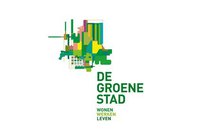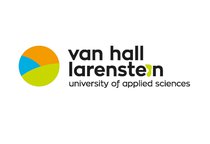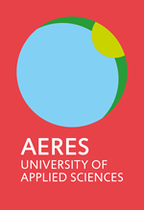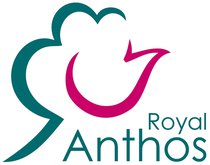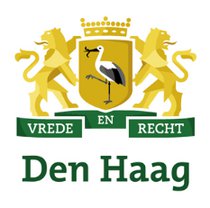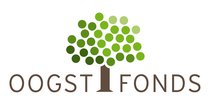Climate adaptation is one of the major challenges for urban areas in the Netherlands. Greening public space in combination with urban redevelopment is one of the most promising measures for climate adaptation. Planting trees and landscaping also has the added benefit of providing many benefits in other areas, such as health and well-being, biodiversity, property values, air quality and water management, and recreational opportunities. But what does effective climate greening in urban areas look like, and how do you realize it?
This study builds upon scientifically proven concepts (e.g. HvA projects ‘REALCOOL‘ and ‘De Klimaatbestendige Stad’, WUR PPP-projects ‘The Green Agenda’ and ‘Ecosystem Services of Trees and Urban Green’ and the thesis ‘Clever and Cool’ by Wiebke Klemm) and translates findings into guidelines for planning and design of urban public spaces. Guidelines and prototype designs will be developed for different types of urban areas, and the positive effects of greening will be quantified using i-Tree and ENVI-met (holistic microclimate model) modeling tools.
Reason for the project
To arrive at more detailed guidelines for the construction and design of climate greenery in the city, the project "Effective Greenery for climate adaptation in the City" was launched in February 2019. Together with several partners, AMS Institute converts existing scientific knowledge into practical guidelines for effective climate greenery in the city and develops several concepts (templates, examples) for climate greenery in standard situations in the urban area.
Research lines
The aim of the project is, in cooperation with the green sector, designers, landscape architects and the managers of urban green space, to arrive at concrete, practical guidelines and concepts for effective climate greenery in standard situations in the urban area. To achieve this, three interrelated and mutually influencing lines of research are being pursued simultaneously.
What it delivers for practice
The results of the project consist of a set of practice-oriented guidelines and criteria for the construction and design of green elements for the purpose of climate adaptation in the city, on the one hand, and a set of general example types (templates) for climate adaptation (temperature and water management) in a number of standard situations in the city, on the other. These design guidelines and general example types are intended as tools for the efficient and effective realization of green space for the benefit of climate adaptation in the urban area. The example types do not go down to the tree species level but indicate the preconditions and guidelines for effectively realizing climate greenery in standard situations in the urban area. They have been formulated for standard situations in the urban area and form the basis for further elaboration for concrete locations by the green business community in cooperation with the clients. To facilitate this concretization, work will be done on a digitally available and freely accessible Internet database containing information on the potential contribution of the various tree species to the desired benefits. In addition to climate aspects (temperature and water management), attention will also be paid to other benefits of green space, such as support for biodiversity and improvement of air quality.
| Duration: |
|
Project members
Partners




